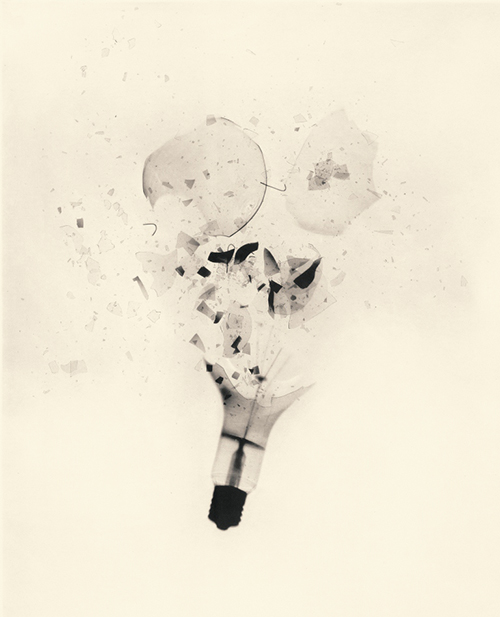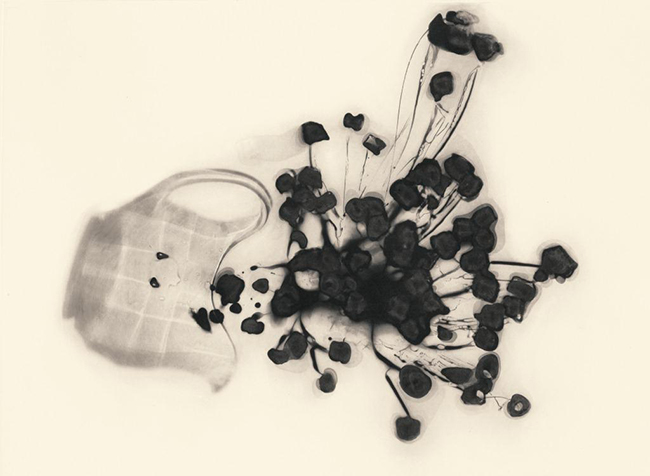
‘The poverty of photographic criticism is well known. It stands out against the richness of photographic production and invention, the widespread use and enjoyment of photographs, and even the popularity of photography as a hobby. To end this poverty we do not need more philosophizing about photographs and reality, or yet another (this time definitive) definition of “photographic seeing,” or yet another distillation of photography’s essence or nature. The tools for making sense of photographs lie at hand, and we can invent more if and when we really need them’. (Snyder and Allen, 1975: 169).
I’m certainly in sympathy with the conclusions drawn by Snyder and Allen. In scrutinising what might be considered distinctive about the analysis of photographic images, they argue that there are questions that can be asked of any photographic image that are specifically photographic (relating, for instance, to the technicalities of the production of the image) and generic (questions that can be asked of any artifact, for instance relating to its use within a specific context, or its aesthetic qualities). In the concluding paragraph, above, they shift the responsibility, or at least the locus, for analysis away from the other disciplines and practices which happen take photography as an object, and place it within the field of photography itself.
Coming to photography, as an academic field, from another field (sociology), I’ve been surprised that intellectual canon is dominated by texts produced by people with little enthusiasm for or affiliation to photography. The highly personal nature of Barthes’ (1981) Camera Lucida, and the consequently idiosyncratic and backward looking choice of photographic work, obscures the greater contribution that, for instance, his semiotic concept of myth (Barthes, 2009; first published in French in 1957) might make to analysis. Sontag (1977; 2003), similarly, takes photography as an (arbitrary) instance of cultural practice, and produces an analytic account which, it could be argued, sits outside, and is sceptical of, photographic practice (which is wide-ranging, complex and evolving). Derrida, who has also written specifically about photographs and photography (eg. Derrida, 2010) exemplifies the issue.
‘It is true that only words interest me. It is true, for reasons that have to do in part with my own history and archaeology, that my investment in language is stronger, older, and gives me more enjoyment than my investment in the plastic, visual, or spatial arts’. (1990 interview with Peter Brunette and David Wills, quoted by Gerhard Richter in Derrida, 2010: xvi).
Like Barthes, and Sontag, and others who have come to constitute the, somewhat masochistic, canon of photographic cultural theory and analysis, Derrida’s principal interests, and affiliations, lie elsewhere. And hence, their analytic engagement with photography is opportunistic and partial, and lacks commitment to the development of a strong, conceptually sophisticated, field of photographic theory and analysis. This lies at the heart of the ‘poverty of photographic criticism’ identified by Snyder and Allen, and their claim that we should invest less time in agonising over questions of ‘photographs and reality’, and desist from taking up the concerns of, for instance, philosophers for whom photography is an apposite example deployed in pursuit of a broader set of questions and interests. Rather, we should celebrate the complexity of photographic practice and collaboratively draw on the wealth of cross-disciplinary theory and empirical research, not just that which names photography as an object, to push forward our understanding of photography and enrich and advance our practice (as Mick has done by drawing on the organisational learning theory of Chris Argyris and Donald Schön (for instance, Argyris, 1993; Argyris and Schön, 1996), in his CRJ post on for this activity). This enables us to take greater control of photographic discourse, form inter-disciplinary partnerships, respond to challenges and opportunities presented from within and outside the field and develop more constructive and dynamic relationship between theory and practice (praxis).
My own theoretical roots lie in the post-structuralism of Foucault, De Certeau and Derrida, the sociology of Bernstein and Bourdieu, and the socio-cognitive theory of Vygotsky and Luria. In addressing the development of my own photographic practice in this programme, my thinking has taken a more materialist turn, mirrored in an interest in the use of photography by multi-disciplinary artists, such as Cornelia Parker and Danny Treacy.
Parker explores the qualities of materials in the making of images, and reflects the breadth of interests, vision and experimental orientation (embracing theory, empirical investigation and serendipity) of the pioneers of photography, such as Fox Talbot.


Treacy describes himself as an ‘artist working with photography, incorporating elements of sculpture, performance and exploration’. His image making encompasses urban anthropology and the making of artifacts with found objects and materials. He emphasises the process of creation of art works, which convey a strong sense of entanglement in the world (rather than any attempt to represent). He explores marginal urban places, similar to the settings I explored in the first module.


Both explore the ‘peculiar’ nature, or affordances, of photographic image making. I’m hoping, over the course of the module, to extend my own practice in this direction.
References
Argyris, C. 1993. On Organizational Learning. Cambridge, Mass.: Blackwell.
Argyris, C. and Schön, D.A. 1996. Organizational Learning II: Theory, Method and Practice. Reading, Mass.: Addison-Wesley.
Barthes, R. 1981. Camera Lucida: Reflections on Photography. Translated by R. Howard. London: Vintage.
Barthes, R. 2009. Mythologies. Translated by A. Lavers. Revised edition. London: Vintage.
Derrida, J. 2010. Copy, Archive, Signature: A Conversation on Photography. Edited with an Introduction by Gerhard Richter. Translated by Jeff Fort. Stanford Calif.: Stanford University Press.
Sontag, S. 1977. On Photography. London: Penguin Books.
Sontag, S. 2003. Regarding the Pain of Others. New York: Picador.
Snyder, J. and Allen, N. W. 1975. ‘Photography, Vision, and Representation’, Critical Inquiry. 2(1): 143–169.
